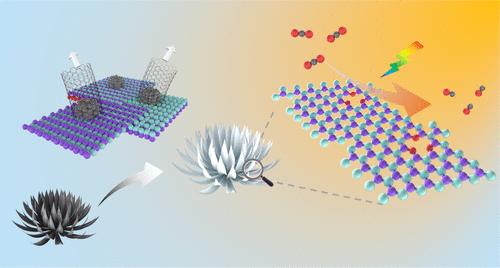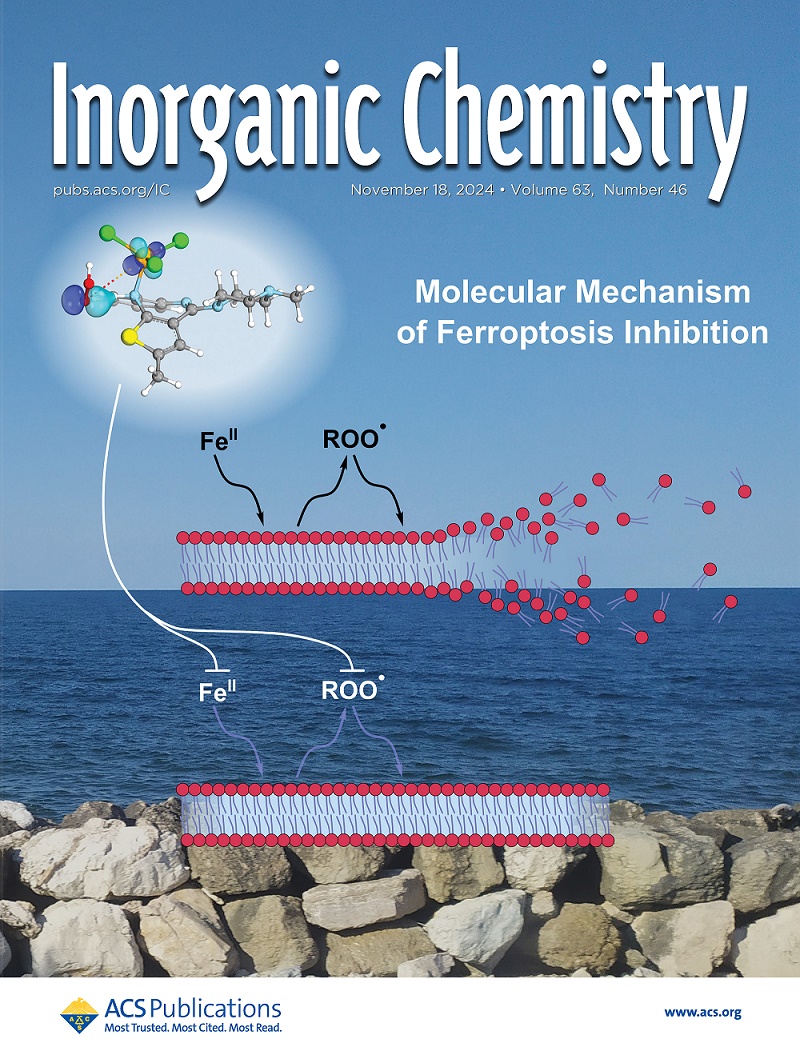Modulating Defect Concentration of Boron Nitride Flowers for CO2 Photoreduction
IF 4.3
2区 化学
Q1 CHEMISTRY, INORGANIC & NUCLEAR
引用次数: 0
Abstract
The efficient conversion of carbon dioxide into high-value chemicals presents a promising strategy for achieving carbon neutrality. Defects play a critical role in numerous catalytic reactions. However, an excessive number of defects can lead to electron trapping, deactivating the catalyst surface. Optimizing the defect concentration is crucial for significantly enhancing catalytic performance. In this work, two types of flower-like BN-based photocatalysts composed of nanofibers were synthesized by in situ self-assembly and high-temperature calcination. The BN-based photocatalyst with fewer defects (Vpoor-BNF) achieved a CO2 reduction rate 2 times higher than that of the BN-based photocatalyst with more defects (Vrich-BNF), with a CO yield of 32 μmol g–1 h–1 with 86.9% selectivity. Importantly, the mechanism of enhanced CO2 reduction activity over BN-like photocatalysts was investigated in combination with various advanced characterization. The results show that excessive C doping causes carbon deposition, creating more defects that trap photogenerated electrons and affect the photocatalytic activity. In contrast, the Vpoor-BNF has longer photogenerated carrier lifetime and better photoelectric properties, which are beneficial for the CO2 photoreduction reaction. In addition, the good stability of the catalyst was confirmed by the cyclic experiment. This study presents an effective approach for synthesizing defect-controlled catalysts, which is beneficial for the development of advanced photocatalysts.

求助全文
约1分钟内获得全文
求助全文
来源期刊

Inorganic Chemistry
化学-无机化学与核化学
CiteScore
7.60
自引率
13.00%
发文量
1960
审稿时长
1.9 months
期刊介绍:
Inorganic Chemistry publishes fundamental studies in all phases of inorganic chemistry. Coverage includes experimental and theoretical reports on quantitative studies of structure and thermodynamics, kinetics, mechanisms of inorganic reactions, bioinorganic chemistry, and relevant aspects of organometallic chemistry, solid-state phenomena, and chemical bonding theory. Emphasis is placed on the synthesis, structure, thermodynamics, reactivity, spectroscopy, and bonding properties of significant new and known compounds.
 求助内容:
求助内容: 应助结果提醒方式:
应助结果提醒方式:


